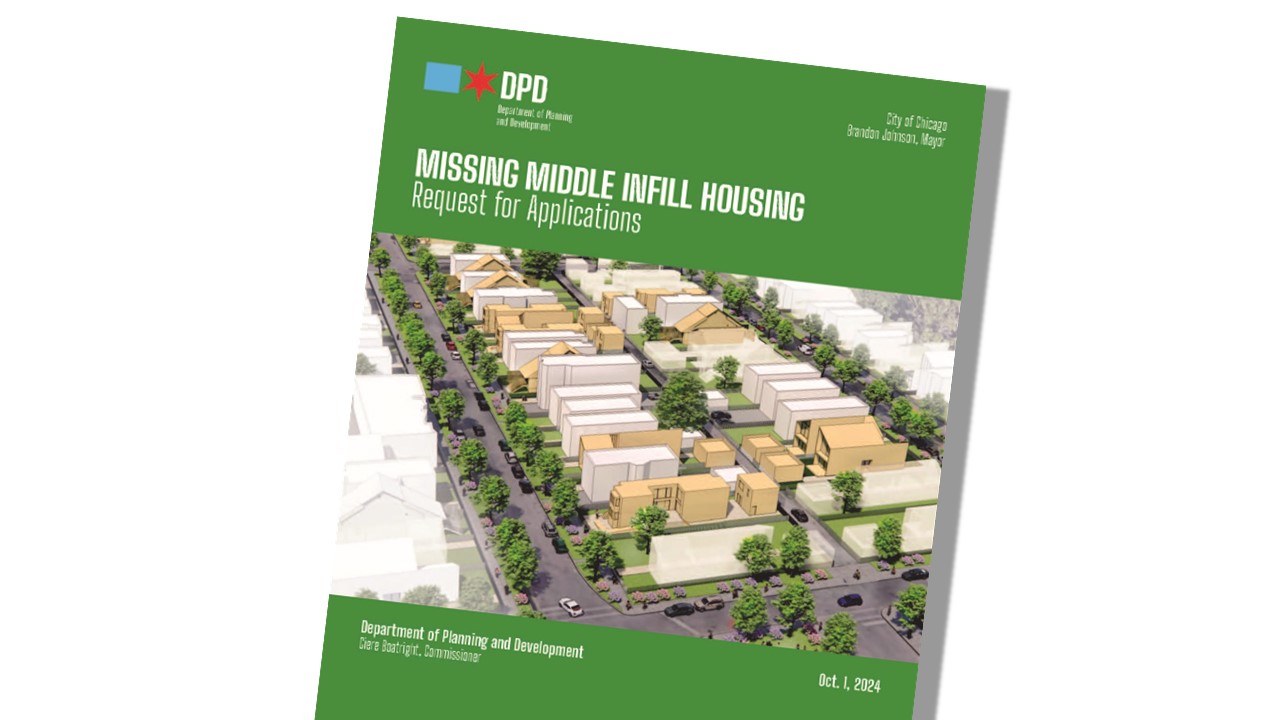Canada"s housing crisis is escalating, with home prices doubling nationwide in the last 15 years. This alarming trend not only affects potential homeowners but also exacerbates the plight of renters and those experiencing homelessness. A recent report from the Missing Middle Initiative reveals the stark reality of residential infill development in London, Ontario, detailing how local opposition, often referred to as NIMBYism, is obstructing the creation of much-needed housing.
Infill Housing Under Attack from NIMBYism
The report analyzed over 4,000 planning committee decisions in London, Ontario, over nearly 15 years. It highlights that residential infill development faces significant pushback from a vocal minority—disproportionately older, male homeowners—who fear their property values may decline if new housing is built nearby. According to the American economist William Fischel, this phenomenon creates a significant gap in political participation between homeowners and renters, leaving the latter"s interests unrepresented.
Need for Collaborative Solutions in Housing Strategy
To combat this adversarial environment, the report recommends a collaborative community-wide housing strategy modeled after London’s Whole of Community System Response to homelessness. A successful housing strategy must include voices from various demographics, especially those affected by the housing crisis, such as younger generations and marginalized communities. Without their input, solutions will lack legitimacy and sustainability.
\n\n
Missing Middle Infill Housing | Missing Middle Infill Housing
Zoning Reforms Are Crucial
The report underscores the urgent need for zoning reforms to allow missing middle and mid-rise housing developments that align with the London Plan. Current zoning laws create barriers that lead to conflicts over modest residential infill projects. The city should expedite updates to its zoning bylaws, which currently restrict the types of housing that can be built, thereby hindering the supply of affordable options. As reported by the Greater London Authority, innovative housing delivery approaches are vital to meet the minimum requirement of 50,000 new homes each year.
Utilizing Underused Land for Infill Development
Focusing on underutilized commercial properties, such as mall parking lots, could significantly lower opposition to new developments. This strategy not only brings homes closer to employment centers but also reduces congestion and commute times. Transforming vacant office buildings into residential units, as suggested in the report, can minimize construction disruptions while meeting housing demands. The London Plan emphasizes that infill should be prioritized on these types of properties to maximize their potential.
\n\n
Planning Commission | Lake Forest, CA - Official Website
Building Trust Through Transparency and Celebration
Municipalities must engage with communities after infill developments are completed to demonstrate their benefits and address concerns about property values and quality of life. This ongoing dialogue is essential for building trust and fostering acceptance of new projects. Celebrating successful infill projects through awards and recognition can also promote a positive narrative around residential developments, encouraging better planning and execution in the future.
Heritage and Housing Must Coexist
As cities evolve, preserving built heritage while enabling new housing is crucial. The report advocates for a proactive heritage strategy that incentivizes the adaptive reuse of historic buildings for residential purposes. This approach not only preserves cultural assets but also addresses the housing shortage. By integrating heritage conservation with innovative housing solutions, cities can create vibrant, inclusive communities that benefit all residents.

Priced out of housing, many younger disillusioned voters ...





![[Video] Trump clarifies warning on Venezuelan airspace, denies imminent airstrike](/_next/image?url=%2Fapi%2Fimage%2Fthumbnails%2Fthumbnail-1764566443219-7y8osh-thumbnail.jpg&w=3840&q=75)


